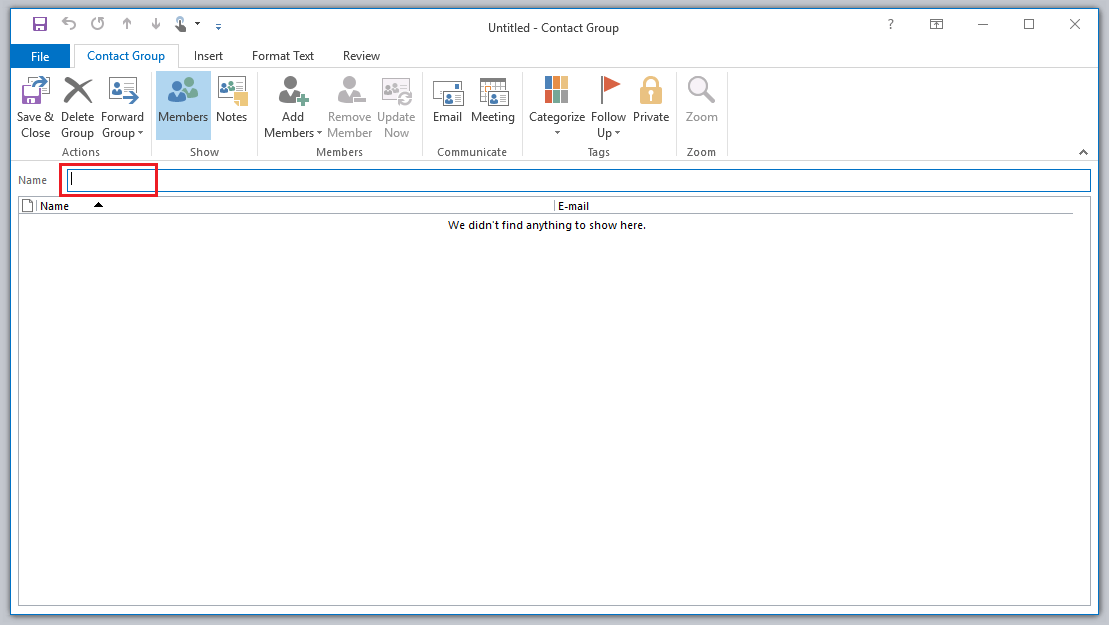


If you have a contact group containing a number of addresses of a group of people you email repeatedly, it is possible to make the contact group available to other named Exchange users so that they can also use it to email the same people. This article is for members of staff and researchers who have their email hosted on the Exchange system.Ī contact group acts like a mailing list, but remains internal to Outlook and Exchange, and is private to you unless shared with others. This will display the BCC field in the new mail.2504How to share an Outlook contact group Open a new mail in Outlook and click Options > BCC.

The BCC field is not visible by default when you create a new email, but accessing it is easy. People who’ve been BCC’d also don’t see if anyone has been CC’d and don’t receive any replies if someone clicks “Reply All.” BCC works exactly as CC does, except that BCC recipients see only the name of the sender and the name of the person in the “To” field. You’ve almost certainly used the CC (carbon copy) option when you want to include someone who’s not the primary recipient of an email. The good news is that hiding the names by using the BCC option when you create your email is simple.īCC stands for blind carbon copy. How Do You Hide the Names in a Contact Group? So if you’re emailing a support group, for example, you shouldn’t be sharing the recipient’s contact information. If you deal with any sensitive information, especially financial or medical, you’re probably obliged to keep people’s identity private.Įmail addresses are often easy to link to a real person as they are considered “individually identifiable information” by both HIPAA in the United States and GDPR in Europe. Plenty of data protection and compliance issues provide good reasons to hide someone’s email address. Your friends might be okay with you contacting them by email, but they likely don’t want their contact information shared with everyone you send mass emails to. Why Would You Hide the Names in a Contact Group?
#Outlook private contacts how to#
We’ll be showing you how to hide the names of the recipients in a contact group, but the same steps work for distribution lists. If you don’t have O365 and are using a stand-alone version of Office without web apps, you might still have distribution lists available to you. RELATED: What's the Difference Between Office 365 and Office 2016? If you think this sounds exactly like a distribution list, you’d be right, with one notable exception: By default, distribution lists (and O365 Groups) appear in your organization’s global address book for everyone to see. Instead of having to add each of them individually to an email, you can email the group name, and everyone in that group will be added as a recipient.

In Office 365 (O365), Microsoft’s subscription version of Office, two separate groups have replaced distribution lists:


 0 kommentar(er)
0 kommentar(er)
